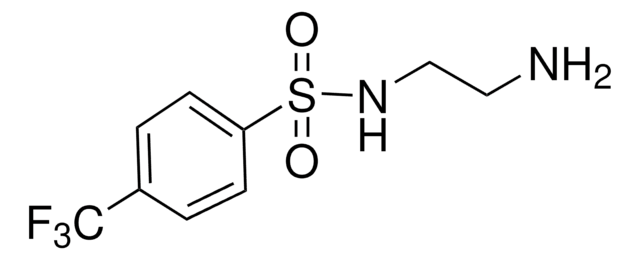735256
Fluorine doped tin oxide coated glass slide
L × W × D 100 mm × 100 mm × 2.2 mm, surface resistivity ~13 Ω/sq
Synonym(s):
TEC 15, FTO glass
About This Item
Recommended Products
description
Haze: ≤0.74%
composition
SnO2/F
packaging
set of 5
surface resistivity
~13 Ω/sq
L × W × D
100 mm × 100 mm × 2.2 mm
transmittance
82-84.5% (visible)
Looking for similar products? Visit Product Comparison Guide
Application
- Fluorine doped tin oxide as an alternative to indium tin oxide for bottom electrode of semi-transparent organic photovoltaic devices: The study evaluated the potential of FTO as a cheaper and more available alternative to ITO in organic photovoltaics, highlighting its suitability due to comparable performance and better availability (Way et al., 2019).
Storage Class Code
13 - Non Combustible Solids
WGK
WGK 2
Flash Point(F)
Not applicable
Flash Point(C)
Not applicable
Certificates of Analysis (COA)
Search for Certificates of Analysis (COA) by entering the products Lot/Batch Number. Lot and Batch Numbers can be found on a product’s label following the words ‘Lot’ or ‘Batch’.
Already Own This Product?
Find documentation for the products that you have recently purchased in the Document Library.
Articles
Organic photovoltaics (OPVs) represent a low-cost, lightweight, and scalable alternative to conventional solar cells. While significant progress has been made in the development of conventional bulk heterojunction cells, new approaches are required to achieve the performance and stability necessary to enable commercially successful OPVs.
A transparent conductive electrode (TCE) is an essential component of various optoelectronic devices such as solar cells, liquid-crystal displays (LCD), light-emitting diodes (LED), and touch screens.
Dr. Perini and Professor Correa-Baena discuss the latest research and effort to obtain higher performance and stability of perovskite materials.
Next generation solar cells have the potential to achieve conversion efficiencies beyond the Shockley-Queisser (S-Q) limit while also significantly lowering production costs.
Our team of scientists has experience in all areas of research including Life Science, Material Science, Chemical Synthesis, Chromatography, Analytical and many others.
Contact Technical Service

